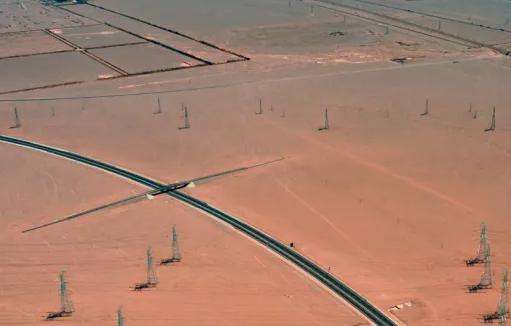From the point of view of using wind energy, using two blades is the best solution. However, there is a drawback: the vibrations generated by the fan during operation have a significant impact on the life of the three-blade fan. good solution.This problem.The disadvantage of three blades is that their wind energy utilization rate is not as good as that of two blades. But weighing the pros and cons, I always use three blades.
How often do wind turbine blades need to be replaced?
Actually, there are single-bladed and double-bladed wind turbines. But the most common number of blades in modern wind turbines is three, the result of compromises between various aspects and parameters during the design process. These aspects include, but are not limited to: aerodynamics, energy conversion efficiency, manufacturing and maintenance costs, fiasystem bility, noise and aesthetics. From a simple analysis of technical parameters, a larger number of blades can:
(1) Increase mechanical torque;
(2) Increase power output;
(3) Reduce the maximum rotation speed;
(4) Increase manufacturing costs and make maintenance more complicated and difficult. Therefore, motors with a large number of blades are more suitable for operation in low-speed locations, such as water pumps and grain grinding motors. Wind turbines expect the blades to rotate at a relatively high speed, so the size of the generator located in the center of the blades (at the top of the tower) does not need to be large to meet the requirements of network frequency. Additionally, wind speeds generally increase at higher altitudes. As the wind turbine tower is very high, the blades are also very long (40m-60m*).There is a significant difference in wind speed between blades rotating to a high position and blades rotating to a low position. If the generator has only two blades, then when the blades rotate, one in the up position and one in the down position, their stress is obviously not uniform enough, so a stronger, more stable tower must be designed to maintain the generator and blades. The three-blade generator can alleviate this imbalance to some extent, making it run more smoothly. Smooth means less noise and less wear.
20 years.
The wind turbine blade is a thin-shell structure made of composite materials. The structure is divided into three parts: root, shell and keel. There are many types, including pointed head, flat head, hook head, pointed head with flaps, etc. The manufacturing process mainly includes male mold, refemale mold turning, rolling, heating and curing, demolding, surface grinding, spray painting, etc. Design challenges include aerodynamic design of blade shape, strength, fatigue, noise design, and composite material layup design. The technical difficulties mainly include mold positive processing, mold recasting and resin system selection. The blade is a large composite material structure, and more than 90% of its weight is composed of composite materials. Each generator typically has three blades, and each generator requires up to four tons of composite materials.
Blade maintenance. Cracks on the blade surface will generally appear after 2-3 years of wind turbine operation. Cracks are caused by low temperatures and natural vibrations of the unit. If the crack haspappears 8-15 meters from the blade root, the windEach time the engine oscillates and stops, the cracks deepen and lengthen. As the cracks widen, dirt, wind and sand from the air penetrate, causing the cracks to deepen and widen. Cracks seriously threaten the safety of the blades and can cause cracking, while transverse cracks can cause the blades to break. In case of transverse cracks, reinforcement and restoration of the zipper should be used. Reinforcing and restoring the zipper requires the use of special tie bars to bond and repair the blade to its original plane.














